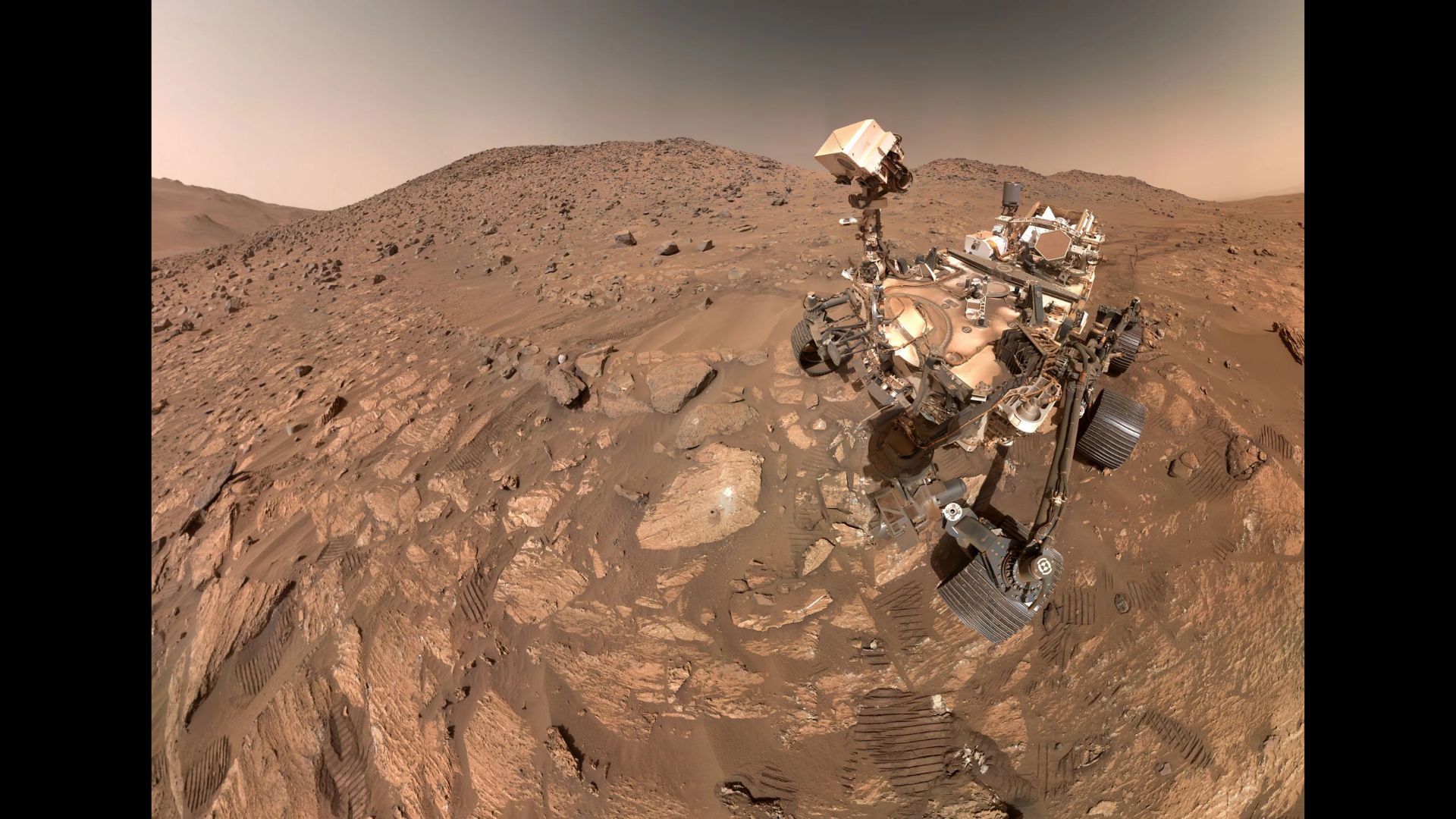Summer School with Live Science: Turn milk into plastic

This Friday (July 9), we will explore the chemistry of milk plastic, (or casein plastic) in our new kids video series: Summer School with Live Science.
In this week's installment, Live Science producer, Diana Whitcroft, will demonstrate how to make biodegradable plastic, called casein plastic, with milk and vinegar. She will make jewelry in this tutorial, but families are urged to make anything they’d like, be it ornaments, keepsakes, decorations ... anything!
Every Friday at 3 p.m. EDT (12 p.m. PDT), Diana will host Summer School With Live Science, which you can find live on Live Science's Facebook, YouTube and Twitter pages. Every week, the series will explore a different field of STEM (science, technology, engineering and mathematics) through simple hands-on experiments that you and your child can follow along with at home.
Disclaimer: It is strongly advised that all science experiments, recipes and methods be attempted only under adult supervision. Adults are required to handle or assist with any potentially harmful utensils and ingredients. Always wash hands thoroughly after trying any experiment. Avoid touching your face and eyes when performing any experiments, and if possible, wear glasses or safety goggles. Do not ingest any of the ingredients during or after performing this experiment.
Milk plastic: Materials
Age Range: 4-10 years
- 1 cup whole milk
- 4 Tbsp. white vinegar
- Small saucepan
- 1 large mug
- 3-4 paper towels
- Food coloring, beads, glitter (optional)
- Cookie cutter (optional)
Step One: Choose Your Design
In Diana’s tutorial, she will show you how to make a ring out of casein. But you and your kids are encouraged to make any decorative item you desire, such as ornaments or keepsakes. Feel free to double the recipe and make larger objects. Embellish with beads or glitter, too!
Step Two: Make Casein Plastic
Warm up the milk in a small saucepan. Do not bring to a boil. While you're waiting for your milk to heat, add the vinegar to your large mug. If doubling the recipe, think about upgrading from a mug to a mixing bowl. Once the milk is only just starting to bubble, remove it from the heat and add it to your mug of vinegar. Right away, you'll notice curdling, but allow your mug to cool for 3-5 minutes before handling.
Get the world’s most fascinating discoveries delivered straight to your inbox.
Step Three: Mold Your Object
With a spoon, do your best to separate the milk solids from the liquid and transfer to a paper towel. Knead for about a minute before adding your color and decorations. Continue to knead, gently pressing what is now a dough against your paper towel so as to let out as much liquid as possible. When your dough is dry enough, it should resemble a play-dough type consistency. Shape it however you want.
Document this experience and send images to us either on social media or to community@livescience.com. We'd love to see your results so that we can feature them in our photo gallery!
What's so important about casein plastic?
Milk contains the molecules of a protein called casein. When the milk is warmed, and acid added to it, (vinegar in this case), the casein molecules unfold and reorganize into a chain of monomers known as a polymer. If the process of cheesemaking comes to mind as you attempt this experiment, you’d be onto something, as the processes are very similar! In fact, the word casein is Latin for "cheese" and the wet substance you'll use to mold into jewelry looks a little bit like cottage cheese. This polymer will harden within 24 hours; and although it's not as durable as most industrial plastics, casein is biodegradable and quite versatile.
Casein plastic was first introduced in the early 1900s and is still used today to make things like buttons, buckles, jewelry, fountain pens, beauty accessories and so much more. To further reinforce the structural integrity of this plastic, many manufacturers have added the step of soaking it in formalin, which is a 5% solution of formaldehyde in water. Casein plastic was used to make jewelry for Queen Mary I of England, who ruled England from A.D. 1553-1558.
Originally published on Live Science.

Diana Whitcroft joined Live Science and Space.com in the fall of 2017. After receiving a B.F.A in Directing & Producing for Film and Television, she worked as a video editor at CNBC in Englewood Cliffs, New Jersey. During her time in broadcast television, she created a role for herself as a "Science Preditor" in which she produced and edited content specific to the business aspect of the private sector space industry. Searching for a deeper role within the science journalism sector, Diana came to Space.com and Live Science as a Social Media Producer, handling multimedia content for all social pages. She is a hardcore trekkie, comic nerd, environmentalist, video-gamer and all-around space geek.


